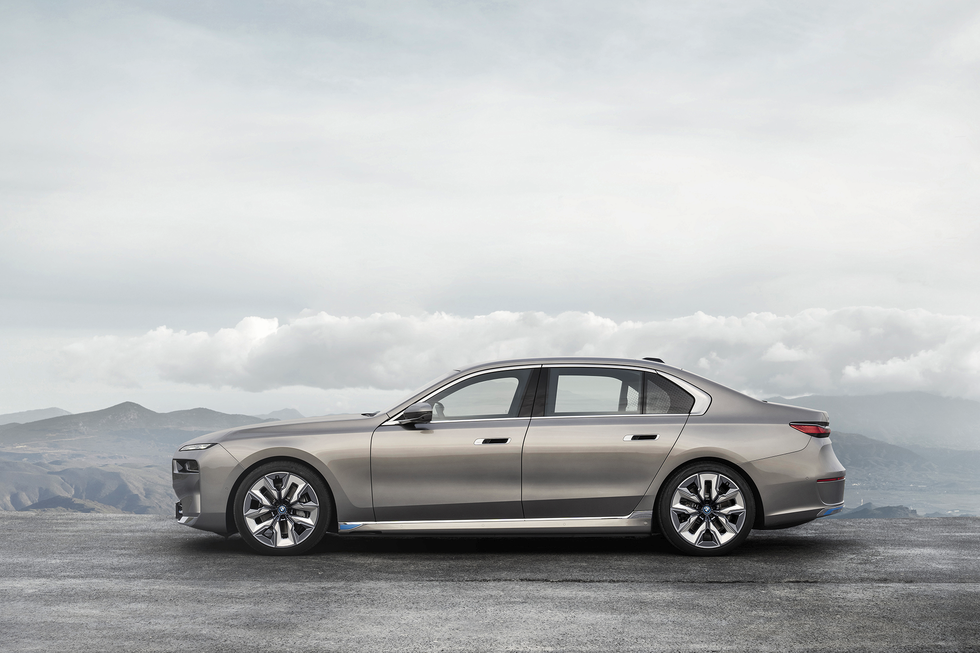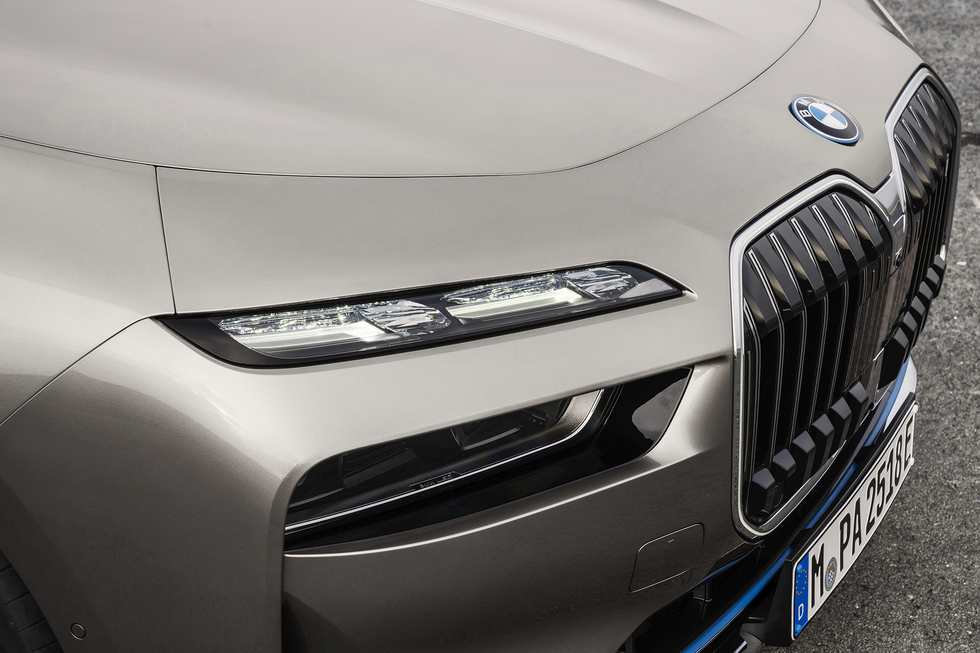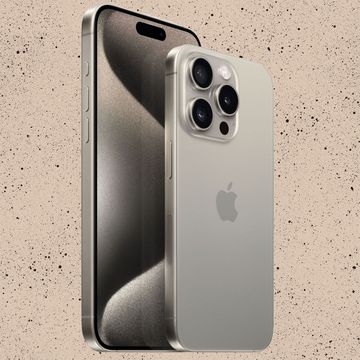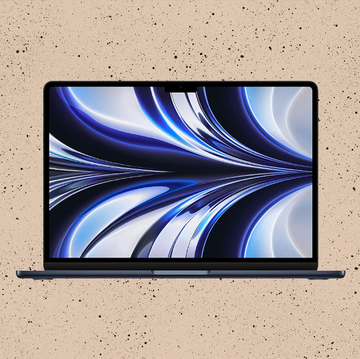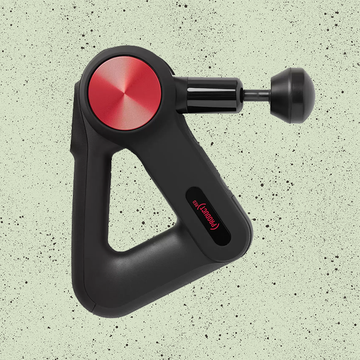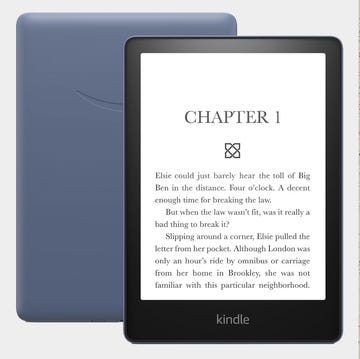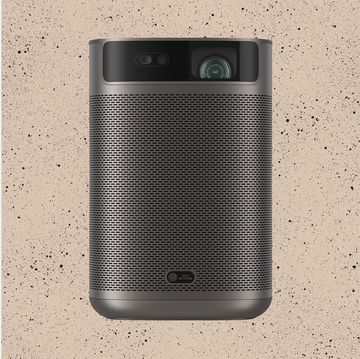Since 1929, Villa d’Este, a former palazzo turned grand hotel on the shores of Lake Como, has played host to the world’s most outlandish car show. Over one weekend in May, the most beautiful cars ever built are tightly and precariously parked on every corner of the hotel’s lawns and pathways: a greatest-hits compilation of the combustion engine’s salad days. A 1936 Mercedes 540k on the drive; a navy 1956 Ferrari 250 GT Zagato under a sycamore tree; a jade 1960 Aston Martin DB4 GT outside the boiler room.
Riva speedboats bounce along in the lake in front; helicopters occasionally rattle overhead. Attendees, their camera phones brandished aloft, don their posiest outfits, with wonderfully mixed results. The waiting staff, each in immaculate white jacket and black tie, can’t open the rosé bottles fast enough. Even the name — Concorso d’Eleganza — sounds like an aria. The whole scene is so Italian, it must be made up; so picturesque, it can leave your eyes craving something ugly, or at least slightly askew. The closest I got was a half-eaten biscotto.
Somewhere within this frankly ludicrous scene — the mosaic garden, to be exact — a brand-new model is given the drum roll of a world premiere. Which, considering the status of the cars all around it, doesn’t really seem fair. In 2022, this honour falls to the BMW i7: the Munich marque’s flagship car, presented for the first time in all-electric form. The clash of epochs couldn’t be starker. While the older cars in eyeshot are decidedly analogue, this i7 is a whirr of 1s and 0s; a monument to the arriving intelligent, digital and electric eras in three tonnes of aluminium and glass.
If more than a few of these historic cars require granite forearms and icy nerves just to get them moving, the i7 has more in common with a first-class air cabin and could drive itself around all day in silence if these dithering humans would only let it. It’s also clear that while the classics of Villa d’Este celebrate exterior design, with the i7, it’s what inside that counts.
“We designed this car from the inside out,” admits Adrian van Hooydonk, BMW’s design chief, a thoughtful and well-mannered Dutchman who joined the brand in motoring’s late Jurassic era, or 1992. “Starting with the rear (cabin), there’s a lot more space, a lot more comfort. Then creating something akin to a private lounge using very natural materials like leather and cashmere.” A sportier silhouette was considered but swiftly rejected.
“Many limos have tried to be sporty, and as a designer you shave off headroom and say, ‘It’s OK’, but it’s not OK for this customer,” he says. At 6ft-several-inches, he would value that headroom more than most.
Walking around the car, it’s the i7’s upright stature and giant light-up grille that leave the biggest impression — literally, if you tried jay-walking in front of it. The electric powertrain raises the height and presence further. It was part of the brief to push this car higher up the luxury ladder, and if stateliness was a Top Trumps score, this 7 series must be closer to Rolls-Royce or Bentley than it’s ever been before. But the i7 compels you to get in, not hang around outside. In the back seat, that is. This is definitely not a time to call shotgun.
The cloth seats are a surprise. “The first time in 50 years we have cloth — cashmere — in a top-of-the-line car. We didn’t want luxury that was cold, but warm and welcoming,” says Van Hooydonk, a former industrial designer who is plugged in to trends and now thinks and talks as much about “new” luxury as he once did about windows and door panels.
The next thing that’s hard to ignore is the 31.3in cinema screen that straddles the width of the car, has built-in Amazon Fire TV, offers a split-screen mode and can be moved forward or back on a roofrail for your viewing delectation. It’s no surprise to hear that much work has been done to prevent motion sickness.
In normal modern cars, changing drive modes alters the vehicle’s dynamics. It says a lot that, with this 7 series, it changes the interior themes and settings. “In theatre mode, for example, the blinds go up, the lighting gets dimmed down, surround-sounds screens come up,” says Van Hooydonk, denying rumours that the front passenger seat transforms into a popcorn kiosk. “And each mode has different sounds.” Sounds that have been created by the team’s designated sound designer under the influence of one Hans Zimmer.
How involved is the prolific composer?
“Well, he needs to collect some Oscars now and then, but he is our source of inspiration, let’s say,” says Van Hooydonk.
The crystal bar on the front dash is not just there to look pretty, but offers a new mode of ultra-thin ventilation. “In modern architecture, you don’t see radiators,” he says. If all these options and functions bring to mind the control deck of the Starship Enterprise, Van Hooydonk is keen to convey the principle of “shy tech”: “Shy tech means that a lot of it has disappeared as a switch — it’s all in the user interface.”
The rear door panels have integrated screens like smart phones, from which passengers can toggle through all these functions. Given how quickly technology is changing, it will be interesting to see how well these doorpods have aged in five years’ time. Or even three. It’s a question that might keep a car designer up all night.
“Right now in our design team, we are designing for the years 2025–’26,” says Van Hooydonk. “They will then be in the market for the next seven years, but will need to be somewhat in sync with all of the other things our customers can experience. Quite often we do some future-scenario thinking, where we don’t yet know how we will solve it. But we have more and more people who are good at imagining future scenarios.”
With 700 people in his team working on 60 products at one time, it’s fair to say that this is no longer just car design: “It used to be sketching big wheels, but it’s become more than that.”
Nearby is a first-gen 7 series, which once offered heated seats and a car phone. Every car here was innovative in its own way, and in that sense this i7 can more than hold its own. Also present at Villa d’Este is the Italian car designer Giorgetto Giugiaro, now 84: the man who gave us the Maserati Ghibli, the Delorean DMC, the Lotus Esprit, the Fiat Panda, the VW Polo and the BMW M1, which is also on display to mark the M badge’s 50th anniversary.
“In the past, it was simple,” he says, through an interpreter. “Today, with regulations, we have to consider every aspect of society. It’s hard to know what to do, there are so many decisions and so many options. [Today], there is plenty of everything,” he adds. “Only the waiter is missing to deliver the drinks.”
On which note, thoughts turn swiftly to a refill.
